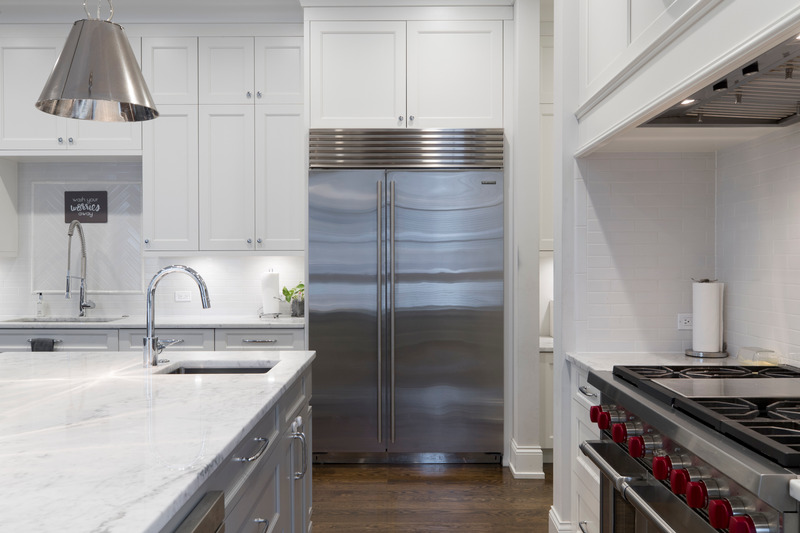
Simple Tips on How to Repair Refrigerator for DIY Lovers
Almost all households have a refrigerator these days, although the size and type of the unit may vary. While it can be tempting to seek professional assistance the moment a refrigerator stops working, there are a few refrigerator repair steps that you can do at home to see if you can get the device up and running. This can help in saving a few dollars, especially if the problem is very simple and does not require replacement of a broken or faulty part.
Tools needed for a refrigerator repair at home
You can try to repair your refrigerator yourself with the help of a few tools and/or appliances that you are almost sure to have or are easily available. These include the following:
- A 4-in-1 screwdriver
- A vacuum cleaner
- A level
- A hair dryer
- An adjustable wrench
- A long brush
- A cardboard/hardboard
Four steps for refrigerator repair
With the above tools, getting around doing some simple refrigerator repair tasks to set your appliance working can be less challenging than it sounds.
Step 1 – Check power supply
If there is no sign of the refrigerator receiving a power supply or working, check to see the status of the associated circuit breaker. Often, the simple reason why the refrigerator has stopped working could be because the circuit breaker has flipped. Ensuring that it is plugged in properly and turned on can often solve the problem.
Step 2 – Unplug the power connection
After setting right the above problem, the other possible issues can be addressed. Before venturing into them, the refrigerator must always be unplugged. This is for the safety of the person doing the refrigerator repair. Attempting repairs on a unit with live wires and motors in operation can be highly risky.
Step 3 – Resolving non-cooling problem
The next step is to address the non-cooling issue. For this, check on various components like the temperature control knob, coils and vents. If the knob has a very high setting, the refrigerator may not cool according to preference. Adjusting this knob can begin the cooling action again.
Dirty coils can also cause a cooling problem. In modern appliances, these coils are located at the bottom. They can be cleaned using a long brush.
Step 4 – Rectifying loud noise problem
As a third step, check for loud noises. This is usually because of a problem with the fan in either the freezer or refrigerator or both. To do this repair, remove the cover of the fan by unscrewing the screws on it. After removing the cover, the next step is to unfasten the connecting wires and release the fan from the mounting plate. In most cases, dirty fan blades can make the refrigerator noisy. Cleaning them with a vacuum cleaner and fixing the fan as it was before shall do the trick.
Finally, make a check on the vents. Keeping them unobstructed and clear may result in the cooling being resumed again. Avoid placing food products or vessels directly in front of the vents. Running a hairdryer over the vents can clear any blockage in them.
The above steps may not address all refrigerator repair issues but will solve the most frequently occurring ones. If DIY is not your forte or you are not comfortable doing so, don’t hesitate to call up Irving Refrigerator Repair for help.
Continue reading about “Refrigerator Repair Service“

